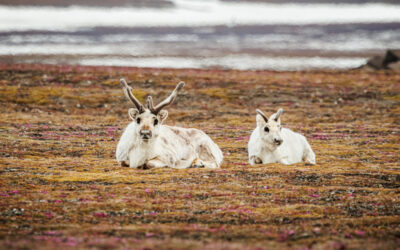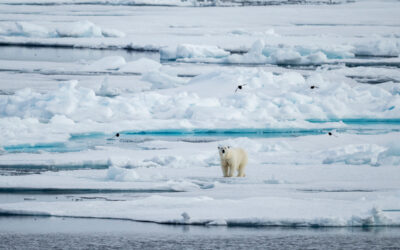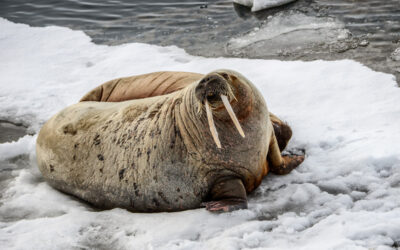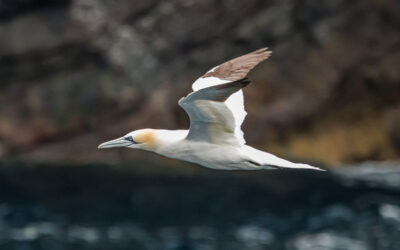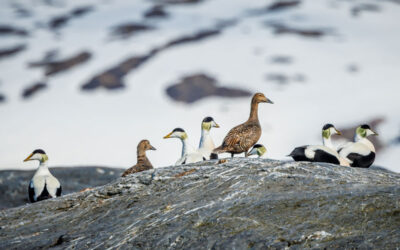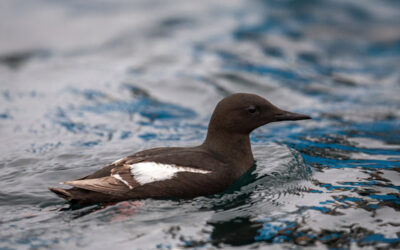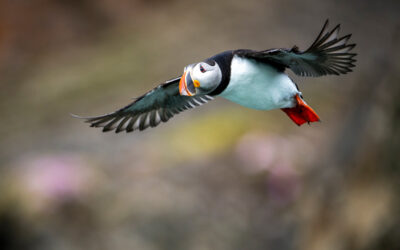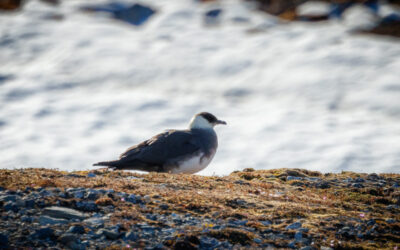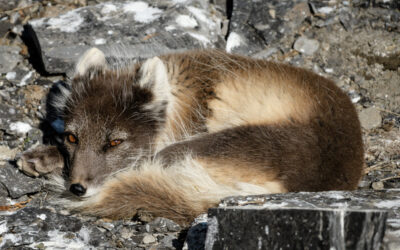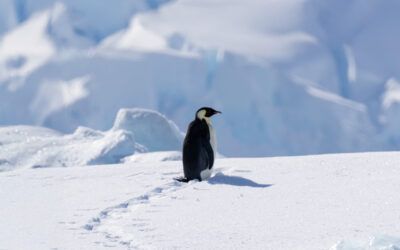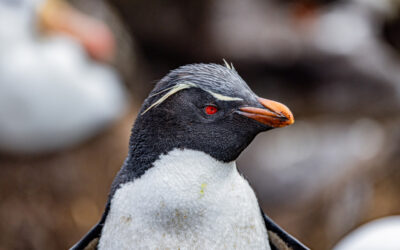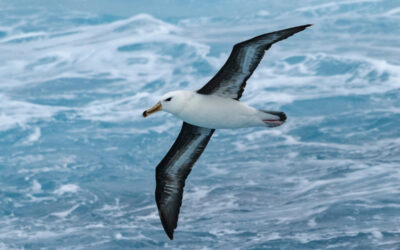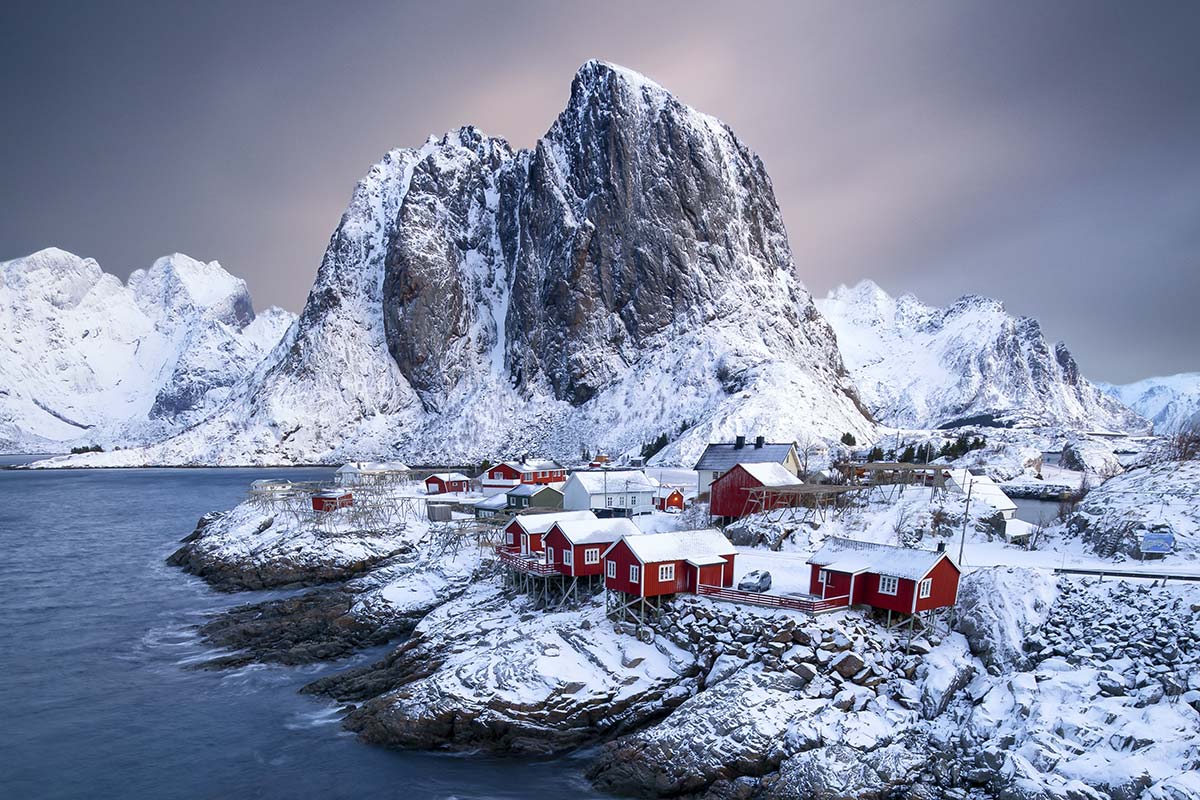High Arctic Canada
Big, Beautiful, With So Much to Discover
The second largest country in the world by land area, Canada consists of ten provinces and three territories, which stretch from the Atlantic to the Pacific and northward into the Arctic Ocean. Canada has been inhabited by Indigenous peoples for thousands of years. From the 16th century onward, British and French settlers arrived. Canada is officially a bilingual country with English and French both having official status. The newest Canadian territory is Nunavut, which separated from the Northwest Territories on April 1st, 1999. It is also Canada’s largest, northernmost, and least populous territory.
Area of High Arctic Canada
- 9,984,670 km2
Population of High Arctic Canada
- 38,436,447
Why Travel to High Arctic Canada
Lorem ipsum dolor sit amet, consectetur adipiscing elit. Nunc id est interdum, ultrices purus eget, rhoncus augue. Aliquam blandit ullamcorper pharetra.
Lorem ipsum dolor sit amet, consectetur adipiscing elit
Suspendisse potenti
Sed id quam at odio ultrices consequat
Duis finibus non est vel condimentum
In laoreet a enim ac lacinia
Map of High Arctic Canada
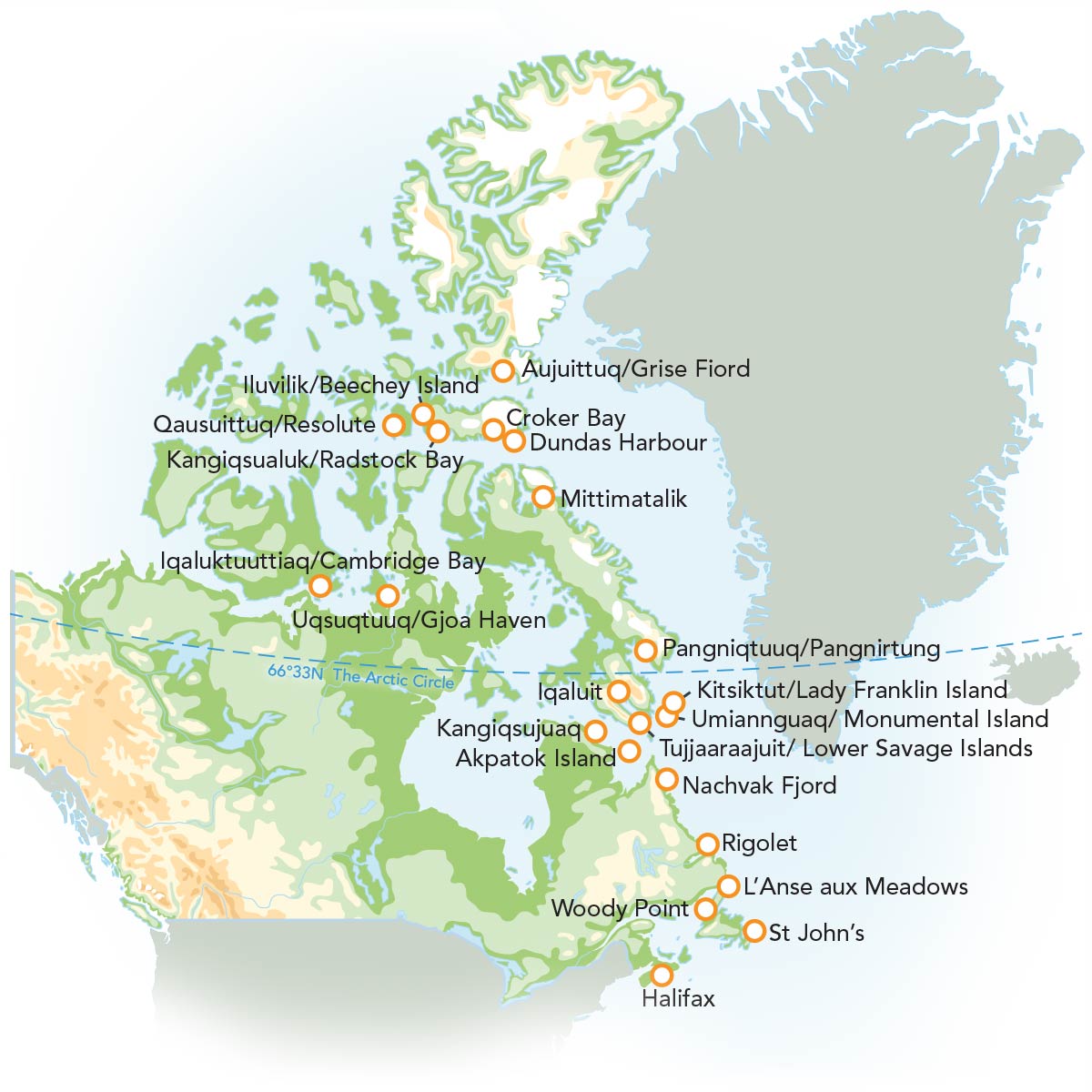
A Vast, Record-Setting Geography
Canada stretches from the Atlantic to the Pacific Ocean and all the way up into the Arctic. It has the world’s longest coastline, at almost 250,000 kilometers, and also has the longest land border in the world, an almost 9,000 km long frontier with the United States. Canada spans 41.5° of latitude – more than any other country. Canada’s northern regions are characterized by a mixture of land and sea, while the Canadian Arctic Archipelago contains three of Earth’s ten largest islands. Baffin Island alone covers 507,000 square kilometers – more than twice the size of Great Britain!
In the north, vast tracts of land are permanently icebound, yet the majority of the world’s liquid fresh water can be found in the 2,000,000 lakes scattered across Canada’s vast landscape.
Resilient Wildlife
This remote region, with its expansive tundra, icy waters, and towering glaciers, is home to some of the most resilient species on Earth. Whether you’re hoping to catch a glimpse of the elusive Arctic fox or watch a pod of narwhals surface through the icy waters, Arctic Canada offers a window into a world where nature reigns in its purest form.
Arctic Canada is one of the best places in the world to see polar bears in their natural habitat. Polar bears are most commonly found on the shores of Hudson Bay, Baffin Island, and along the Arctic coastline. The population is estimated to be around 15,000 bears, about two-thirds of the world’s polar bears.
Arctic Canada is also home to a variety of seabirds, including the thick-billed murre and the northern fulmar, which nest in large colonies on cliffs during the summer months. In the warmer months, migratory birds like the snowy owl and Arctic tern return to breed. The Arctic tern makes one of the longest migrations of any bird, flying from the Arctic to the Antarctic and back each year.
Svalbard Reindeer Quick Overview Scientific Name Rangifer tarandus platyrhynchus Population Estimated at 10,000-22,000 in Svalbard Regions Arctic...
Polar Bear Quick Overview Scientific Name Ursus maritimus Population Estimated at 22,000-31,000 globally (IUCN) Regions Arctic, Europe, North...
Walrus Quick Overview Scientific Name Odobenus rosmarus Population Estimated at 225,000 globally, of which about 20,000 live in the Northern...
Northern Gannet Quick Overview Scientific Name Morus bassanus Population Estimated at 1,500,000-1,800,000 individuals globally Regions Arctic and...
Common Eider Quick Overview Scientific Name Somateria mollissima Population Estimated at close to 2 million globally Regions Arctic and North...
Black Guillemot Quick Overview Scientific Name Cepphus grylle Population Estimated at close to 400,000–700,000 individuals globally Regions North...
The Atlantic puffin or the “clown of the sea,” is a recognisable seabird in the North Atlantic. Famous for its beak and diving, it is essential in...
The Arctic Skua, also known as the 'parasitic jaeger', has adapted to some of the planet’s most challenging environments with its streamlined shape,...
Have you ever heard of a fox that can change colors? And it is roughly the size of a house cat? We're talking about the Arctic fox, one of nature's...
Imagine going on one of our voyages and spotting a penguin that could be as tall as your child. We're talking about the emperor penguin, the tallest...
You might recognize this penguin from the famous Sony Pictures Animation movie 'Surfs Up'. Even though in real life they do not surf, with its vivid...
With over 22 different species worldwide, and considered one of the largest living flying seabirds by its wingspan (which can be larger the size of...
Canada Is Known for Its Harsh Winters
The climate of the Canadian Arctic is characterized by long, brutally cold winters and short, cool summers. Iqaluit, Nunavut’s capital, has an average July temperature of 54°F (12°C) and a February average temperature of -25°F (-32°C).
| AVERAGE HIGH | AVERAGE LOW | PRECIPITATION | |
|---|---|---|---|
| January | -26°F (-32°C) | -36°F (-38°C) | 0.59 in (15 mm) |
| February | -22°F (-30°C) | -33°F (-36°C) | 0.47 in (12 mm) |
| March | -13°F (-25°C) | -22°F (-30°C) | 0.39 in (10 mm) |
| April | 5°F (-15°C) | -4°F (-20°C) | 0.31 in (8 mm) |
| May | 21°F (-6°C) | 14°F (-10°C) | 0.39 in (10 mm) |
| June | 36°F (2°C) | 28°F (-2°C) | 0.59 in (15 mm) |
| July | 46°F (8°C) | 39°F (4°C) | 0.79 in (20 mm) |
| August | 45°F (7°C) | 37°F (3°C) | 0.71 in (18 mm) |
| September | 36°F (2°C) | 28°F (-2°C) | 0.59 in (15 mm) |
| October | 14°F (-10°C) | 5°F (-15°C) | 0.47 in (12 mm) |
| November | -4°F (-20°C) | -13°F (-25°C) | 0.39 in (10 mm) |
| December | -18°F (-28°C) | -31°F (-35°C) | 0.39 in (10 mm) |
Popular Expeditions that Include High Arctic Canada
Lorem ipsum dolor sit amet, consectetur adipiscing elit. Vestibulum sed dui purus. In tempor felis nec justo congue consectetur. Pellentesque imperdiet venenatis justo ut scelerisque. Suspendisse ex nulla, vulputate ut dapibus in, dignissim in sem.

